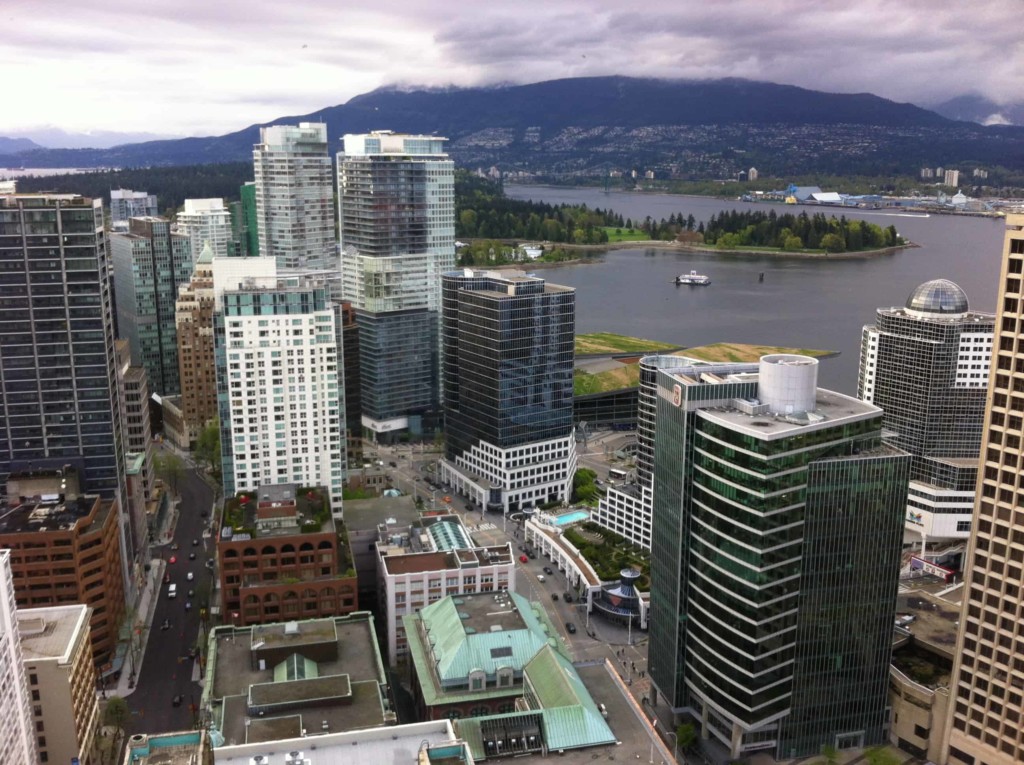10 Ways Cities Can Foster a Climate of Improvement and Innovation

This post appears in the 2015 Kauffman #Thoughtbook (@KauffmanFDN)
Lots of educators talk about innovation these days, but we don’t talk much about how innovations in learning are created or how they spread. There is a hunch catching on that ecosystems matter for producing and scaling innovation. This hypothesis is based on two significant threads of evidence—talent and tech.
- Talent ecosystems. Much of the widespread improvement in urban education over the last decade is a function of human capital initiatives and charter school networks—they improved talent and execution. Teach for America, New Leaders, and smart district leaders like Terry Grier in Houston have demonstrated that an aggressive talent development agenda produces results. When combined with data-informed high-fidelity implementation, the results of a talent ecosystem can be quick and dramatic improvements in student achievement.
- Tech ecosystems. Most innovation comes from startup companies—and most startups are launched in a technology ecosystem that includes successful companies, talented engineers, world-class universities, venture investors, and quality of life. New York City and the California Bay Area are the best examples of powerful innovation ecosystems producing network effects making them the best place in the world to start a company.
These lines of evidence suggest that technology-based innovations in learning will most frequently occur and spread in innovation ecosystems. But things are a little more complicated in education. Consider three inequalities:
- OD>ET: Learning, especially for children, is and will remain a distinctly relationship-based enterprise, so organizational design and development (OD) will remain more important than education technology (ET)—but it’s worth noting that the most important innovations combine OD+ET and add iterative development and strong execution.
- SB>IS: There are significant barriers (SB)—including the Gordian knot of federal, state, and local policies combined with contracts and traditions—to creating an innovative school (IS) that is student-centered and competency-based. There is little focused R&D investment and almost no capacity (or incentive) to make productivity-improving capital investments.
- LC>ID: a highly decentralized system of local control (LC) and weak improvement incentives dampens innovation diffusion (ID). Highly effective school models are ignored, productive tools go unused, community assets are underutilized—it’s almost as if a good idea won’t walk across the street in education.
Leadership Matters
Despite the obstacles, what Rick Hess calls cage-busting leadership can overcome barriers and inspire execution and innovation at scale. Leadership (and stable governance) has had more to do with the extent to which schools incorporate innovative tools and methods than proximity to the tech economy. To date, cage-busters have built talent ecosystems but not necessarily tech ecosystems.
Ten years ago, a handful of us realized that a portfolio approach was the only solution—that cities needed to open innovative new schools, close failing schools, and work aggressively to improve the rest. Portfolio has gone mainstream and is powering improvements in three dozen cities with support of think tanks like the Center for Reinventing Public Education and “harbormasters” like CEE-Trust members.
Ecosystems Emerging
The tech disconnect began to close in 2010 with the introduction of tablets and the explosion of mobile applications. Education venture investment accelerated (see Boosting Impact), edtech incubators and accelerators opened in major cities, and foundations funded innovative pilot projects. Teachers, parents, and students began adopting learning tools and resources at an unprecedented rate—the revolution became an undeniable bottom-up, outside-in change force.
For example, it’s interesting how two teachers in Baltimore or a principal in Columbus, Ohio, can help change the energy level in a city—time to clear out the library for a fab lab and blow out the walls for a learning lab. Now cage busters like them are asking, “Can an urban district remain relevant if not connected to the current needs of the tech economy?”
Next steps
How can cities more intentionally foster a climate that encourages improvement and innovation? There are (probably) ten steps to building a learning ecosystem:
- Build a city innovation agenda with learning at the core. Students deserve the opportunity to work with adults that expect them to participate in innovation economy.
- Ensure stable and effective governance to give innovation a place to grow.
- Raise/align some funds and make a few smart investments.
- Invest in a talent pipeline of teachers, leaders, and edupreneurs.
- Incubate innovation including learning models, supports, and EdTech.
- Incorporate new tools into strong school improvement efforts and networks.
- Open new schools—particularly competency-based flex models that create new options and interesting field trips.
- Add digital opportunity with expanded access to part-time online learning.
- Measure and iterate; try stuff, test hypotheses, and run short-cycle trials.
- Advocate for equity and a long-term view; protect advances; lay the groundwork for a new policy environment.
It’s early in ecosystem thinking, but the rationale and early mover advantage make a compelling case—at least that is the thesis of the Smart Cities book that came out earlier this year. Many major cities are making real progress, the tool set is getting better, the talent pipelines are filling up, investors are lining up, and the formula for expanded access to learning is becoming clear.
For more on Smart Cities and building a learning ecosystem, check out:





0 Comments
Leave a Comment
Your email address will not be published. All fields are required.